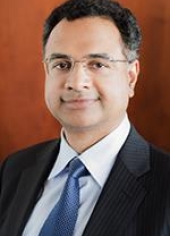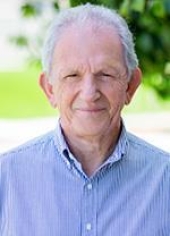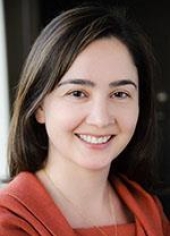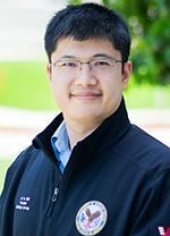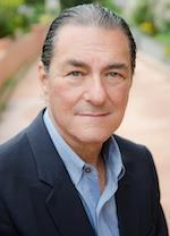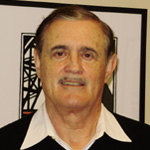
Jerry Matson, PhD (August 25, 1938 – February 19, 2023)
Those of us who were fortunate enough to know Jerry Matson were very saddened to learn that he passed away in February 2023 following hospitalization for Covid.
Jerry did his PhD training in physical chemistry with Edward Stejskal in 1967, at UW Madison, and a postdoc with Tom Gerig at UC Santa Barbara. Later, when he was the NMR facility manager at UC Davis, Jerry first became involved in what was at the time called “in vivo NMR.” Tom Schleich was very interested in NMR spectroscopy of the eye and developed a collaboration with Jerry to use Rf field profiling to obtain spectra from localized regions. Mike Garwood was a graduate student doing this work for his PhD Thesis. This was the beginning of Jerry’s (and Mike’s) career-long interest in developing and optimizing rf pulses for experimental and clinical use. It is hard to think of another scientist who truly loved all aspects of MRI as much as Jerry.
In 1986 Jerry moved to UCSF joining our group at the VA Medical Center to create and build the Magnetic Resonance Unit. Jerry was the NMR expert and while at UCDavis/UCSF, he mentored or interacted with many scientists on hardware/pulse sequence issues who went on to their own independent careers. To name a few: Alan Koretsky, Greg Karczmar, Dieter Meyerhoff, Michael Boska, Hoby Hetherington, Joyce Suhy. Andrew Maudsley, Don Twieg, and Norbert Schuff, along with dozens of postdoctoral fellows and research assistants, were close collaborators. Jerry authored and co-authored countless abstracts, published papers and presented at meetings. Jerry is particularly known for the pulse simulation software called “Matpulse” which is still in use today. Years ago, Jerry was recognized at a special surprise party in his honor at our home, held when ISMRM was in San Francisco.
Jerry was devoted to his wife Diana whom he met while in Madison Wi. Diana developed medical issues, requiring more and more of Jerry’s care. Then an additional tragedy struck when their home was completely destroyed by the “Tubbs Fire” in Santa Rosa Ca, and they managed to narrowly escape with the clothes on their back, two suitcases, and their pets. I will never forget Jerry’s description of how they woke in the middle of the night to see their neighbor’s roof aflame, quickly pulled on some clothes, ran out of the house and drove through a smoke-filled burning landscape of horror.
During his later years, his twin sister wrote us “from our many discussions I know how much he enjoyed his work with MRI and the people at the VA. He glowed when he talked about those years and his work.”
Jerry and I worked very closely together for many hours each day at the San Francisco VA Medical Center affiliated with UCSF, especially in the early years of “whole body MRI/MRS” from 1986 onward extending into recent years. I understood some of the medical and biological questions that NMR could answer, and Jerry understood the feasibility of the technology. We especially bonded when making many trips to visit the Philips team in Eindhoven. We learned a lot from each other about science and about life.
For those of us who were fortunate enough to know and work with Jerry, he was a beautiful man. He didn’t have a mean or cruel bone in his body. He was a really good person who cared about others, which made him a very devoted teacher, mentor and collaborator. He also had an extremely strong fundamental knowledge about NMR including the theory, construction of the hardware including magnets, gradients, and coils, and the pulses and software programming behind imaging sequences. Jerry was known as an exceptional resource to our lab, with his vast knowledge of NMR and MRI. His life as a scientist and as a person serves as an inspiration to all of us.
By Michael W. Weiner, MD
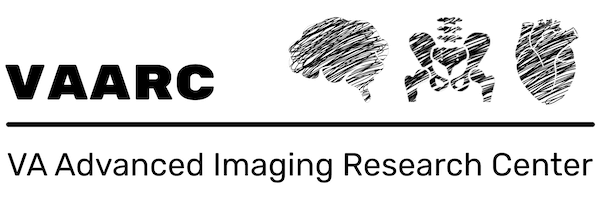

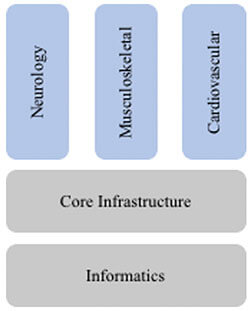 Focus on Three Clinical Pillars: We focus on Neurological, Musculoskeletal, and Cardiovascular biomedical imaging research where we can effectively impact the care of veterans, with infrastructure and informatics to support these clinical pillars.
Focus on Three Clinical Pillars: We focus on Neurological, Musculoskeletal, and Cardiovascular biomedical imaging research where we can effectively impact the care of veterans, with infrastructure and informatics to support these clinical pillars.
